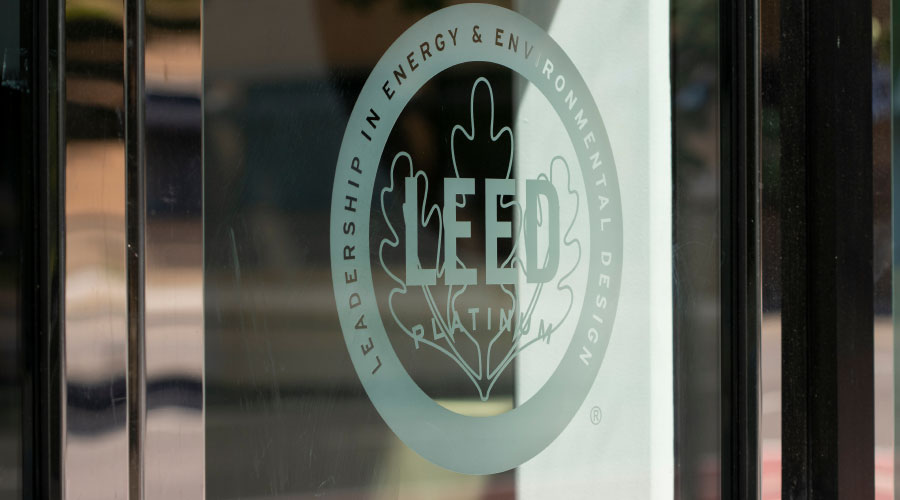Climate Change Drives Need For Resilient Facilities
Why Resilience? Two words: Climate change.
Facilities are at greater risk than ever before of the effects of climate change, and that risk is driving the need for more resilient buildings. Extreme weather events, such as Hurricane Sandy, record snowfalls in Boston and droughts in California, are on the rise and are expected to continue increasing. With the exception of 1998, we’ve experienced the 10 hottest years on record since 2000. Along with climate change come rising water levels and extreme temperatures, both of which impact buildings around the world and raise concerns about maintaining the safety of occupants as well as continuity of service. With buildings in the United States accounting for more than 40 percent of the country’s energy consumption and more than 70 percent of its electricity usage, more extreme weather patterns will result in escalating costs for building owners and facility managers.
While all facilities are affected by different extreme weather events, some are more vulnerable than others because of their location, use, and other factors. For example, buildings located on the waterfront have to address flooding from storms as well as rising sea levels, while buildings located in hurricane-prone areas are vulnerable to more frequent wind events of increasing ferocity. Commercial and industrial businesses are concerned about maintaining continuity, while labs need to maintain constant conditions to protect their research. Many buildings are particularly vulnerable due to aging infrastructure. All of these factors compound the problems that climate change brings.
Haley & Aldrich, an environmental and engineering consulting firm, recently conducted a study that found that, while organizations realize they need to be better prepared to address natural disasters, they are generally in the early planning stages, at best. Several factors are impeding progress on their resilience initiatives. Many organizations are dealing with limited budgets and have to make tough choices of where to spend money, especially when stakeholders have competing priorities. Management often doesn’t focus on longer-term events that have incremental impact, such as rising sea levels or increasing temperatures. Another key barrier to adopting resilience measures is behavioral inertia to implementing change due to the apprehension of planning for the unknown. Moving forward on new initiatives requires buy-in and commitment from management as well as building occupants and other stakeholders, and it is often hard to get them all together to reach consensus and move forward.
Most of the organizations in the study lack guidance on how best to implement resilience measures and they don’t know how or where to start. Another challenge facility managers face is knowing what to measure and determining metrics.
The good news is that many organizations are at least beginning to think about the implications of climate change, albeit slowly. Those that are moving ahead are generally focused on short-term major events, such as hurricanes, rather than the longer-term incremental issues, such as rising temperatures. Most of them are also implementing infrastructure measures, such as flood defenses, but do so without much collaboration with neighboring buildings or communities. Rather than approach these problems holistically, organizations are typically implementing resilience measure in isolation when they are upgrading or constructing a new building.
With extreme weather predicted to increase around the world, facilities can no longer wait to begin resilience planning. While the industry is clearly not yet doing enough yet to address this growing need, forward-thinking building owners and facility managers understand the need to have a plan and get ahead of the issue with due diligence measures, such as conducting vulnerability assessments, collaborating with internal and external audiences, and implementing best practices in resilience and sustainability. These measures will not only ensure the safety and well-being of the occupants of your facility, but also the integrity of buildings for years to come.
Karin Holland is a senior sustainability specialist/lean practitioner with Haley & Aldrich, an environmental and engineering consulting firm. She is an Envision Sustainability Professional, an Envision Verifier, a certified ISO14001/EMS lead auditor, a LEED-Accredited Professional and a Registered Environmental Assessor. She can be reached at kholland@haleyaldrich.com or connect with her on LinkedIn.
Related Topics:












